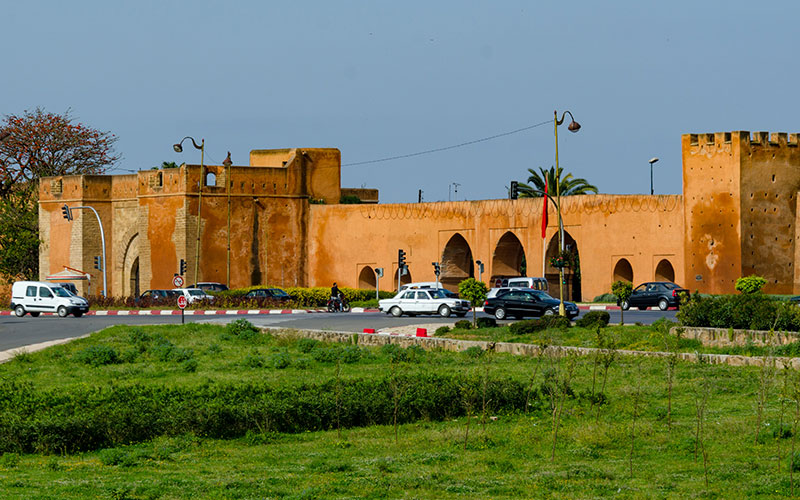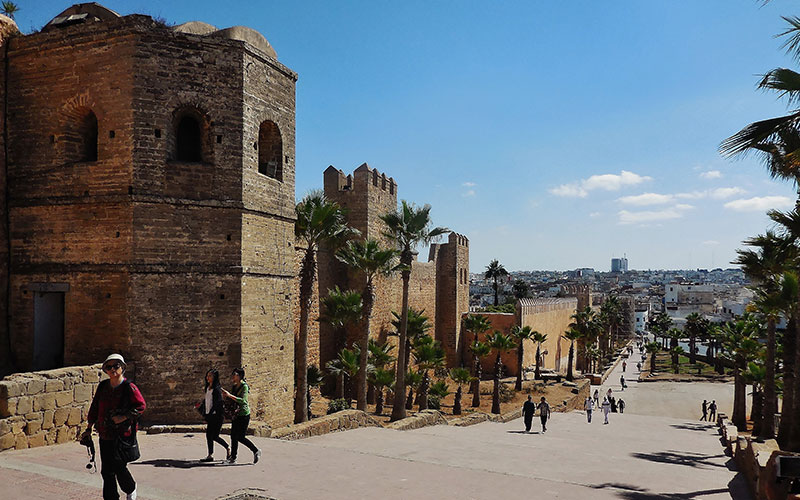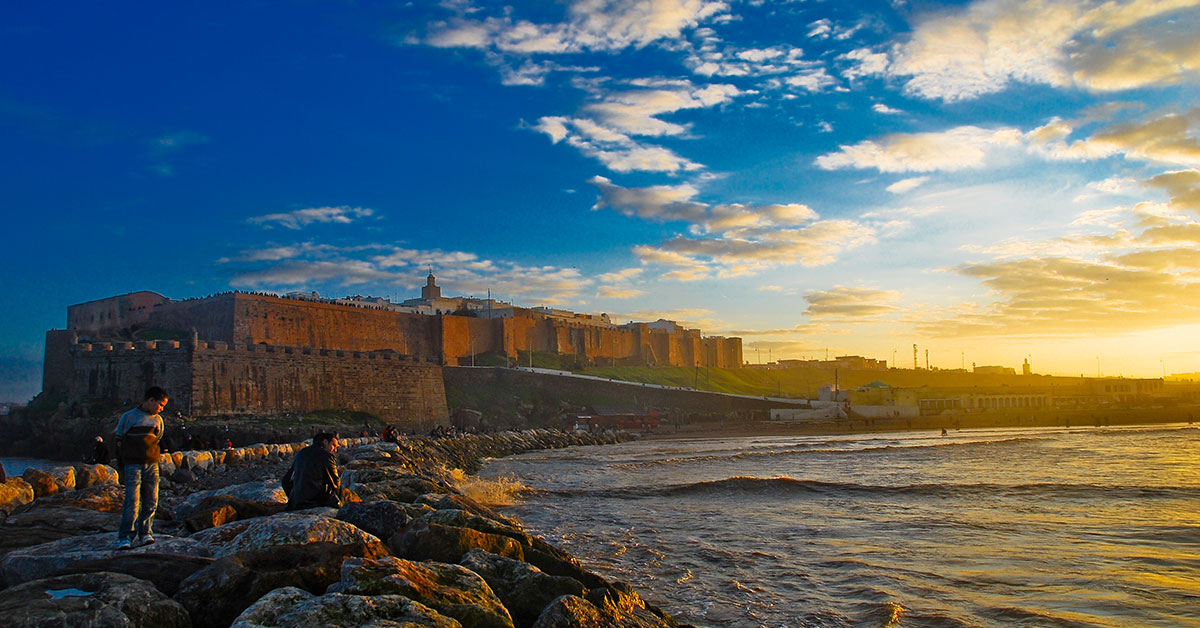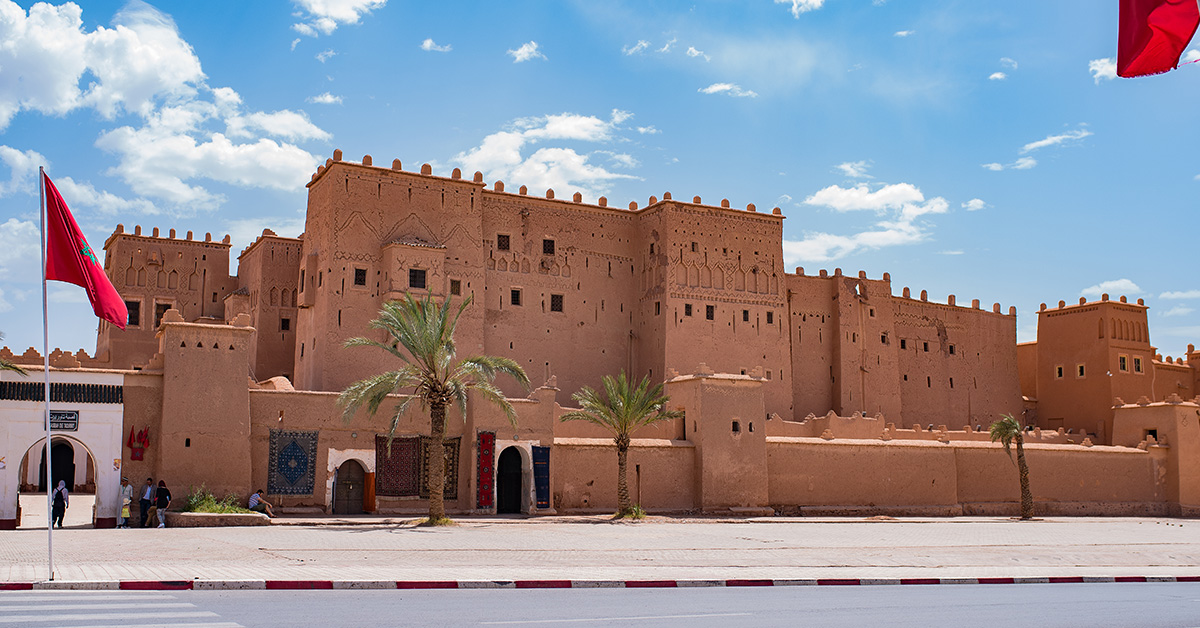
Rabat, the crown jewel of Morocco, stands as a testament to the country’s rich cultural and historical heritage. Nestled on the Atlantic coast, this vibrant city is not only the political and administrative capital of Morocco but also a living museum of architectural splendor and cultural diversity. With several UNESCO World Heritage sites adorning its landscape, Rabat invites visitors on a timeless journey through centuries of history, art, and civilization.
In the past two decades, Rabat has undergone a remarkable transformation, propelled by a concerted effort to preserve, celebrate, and showcase its cultural heritage. This endeavor has not only elevated Rabat to the global stage as a modern metropolis but has also reinforced its identity as a custodian of Morocco’s collective memory. In 2012, UNESCO recognized Rabat’s cultural significance by inscribing many of its iconic landmarks on its prestigious list of protected heritage sites, cementing the city’s status as a beacon of cultural enlightenment and historical preservation.
A Cultural Crossroads
Rabat’s UNESCO World Heritage status is a testament to its role as a cultural crossroads, where civilizations converge, and artistic influences intertwine. The city’s urban ensemble is a testament to the fusion of architectural styles from various epochs and regions, including Islamic, Hispano-Mauresque, and European influences. As visitors traverse Rabat’s bustling streets, they are enveloped in a tapestry of architectural marvels, each bearing witness to the city’s rich cultural mosaic.
Moreover, Rabat’s architectural landscape is a living testament to its role as a pioneer of urban modernism and rational design. From meticulously planned neighborhoods to advanced sanitary infrastructure and verdant green spaces, Rabat epitomizes the marriage of tradition and progress. The city’s “Green Belt,” a lush forested area encircling its perimeter, not only serves as a natural barrier against urban sprawl but also as a sanctuary for biodiversity, enhancing Rabat’s ecological resilience and aesthetic appeal.
Exploring Rabat’s UNESCO World Heritage Landmarks

Embarking on a journey through Rabat’s UNESCO World Heritage sites is akin to stepping back in time, where each landmark tells a story of bygone eras and illustrious legacies. Here are some of the must-visit destinations for travelers seeking to unravel Rabat’s cultural tapestry:
1. The Kasbah of the Udayas: Perched on the banks of the Bouregreg River, the Kasbah of the Udayas stands as a formidable fortress, a relic of Rabat’s military past. Constructed during the Almohad dynasty in the 12th century, the Kasbah’s whitewashed walls and azure accents evoke the timeless beauty of Moroccan architecture. Today, it serves as a cultural hub, housing museums, gardens, and eateries while offering panoramic views of the Atlantic Ocean.
2. The Hassan Tower: Majestic and monumental, the Hassan Tower is a soaring minaret that embodies Rabat’s grandeur and ambition. Commissioned by Sultan Yacoub El Mansour in the 12th century, the tower was intended to be the focal point of a grand mosque, but its construction was never completed. Nevertheless, the Hassan Tower remains a symbol of Morocco’s architectural prowess, attracting visitors with its red sandstone façade and intricate ornamentation.
3. The Mausoleum of Mohammed V: A tribute to Morocco’s beloved monarch, King Mohammed V, the Mausoleum stands as a testament to the nation’s struggle for independence and sovereignty. Crafted from pristine white marble and adorned with exquisite carvings and mosaics, the Mausoleum exudes an air of regal splendor. It serves as the final resting place of King Mohammed V and his son, King Hassan II, revered by Moroccans for their leadership and vision.
4. The Old City of Rabat (Medina): A labyrinthine maze of alleys and courtyards, the Old City of Rabat is a living testament to Morocco’s medieval past. Dating back to the 17th century, the Medina teems with life, its streets alive with the sights, sounds, and smells of a bygone era. Here, visitors can lose themselves in a world of traditional souks, historic landmarks, and vibrant street life, where time seems to stand still amidst the hustle and bustle of daily life.
5. The Chellah Necropolis: A hauntingly beautiful testament to Rabat’s ancient past, the Chellah Necropolis is a sprawling complex of ruins and tombs that date back to Roman times. Nestled amidst verdant gardens and ancient walls, the Chellah exudes an air of mystery and intrigue, inviting visitors to explore its labyrinthine passageways and crumbling towers. Once a thriving Roman city, the Chellah now serves as a poignant reminder of Rabat’s rich archaeological heritage.
Preserving Morocco’s Cultural Legacy
Beyond its UNESCO World Heritage sites, Rabat boasts a wealth of museums and galleries that celebrate Morocco’s rich cultural legacy. The Museum of Moroccan Arts, the Mohammed VI Museum of Modern and Contemporary Art, the Numismatics Museum, and the Museum of Civilizations offer visitors a deeper insight into Morocco’s artistic traditions, historical milestones, and cultural diversity.
In conclusion, Rabat stands as a beacon of cultural enlightenment and historical preservation, where the past seamlessly converges with the present to create a vibrant tapestry of tradition and modernity. UNESCO’s recognition of Rabat’s World Heritage sites underscores the city’s pivotal role in safeguarding Morocco’s cultural heritage for future generations. As travelers immerse themselves in Rabat’s timeless wonders, they embark on a journey through Morocco’s storied past, gaining a newfound appreciation for the beauty, diversity, and resilience of Moroccan culture.


